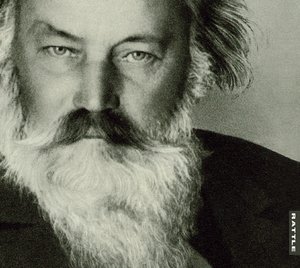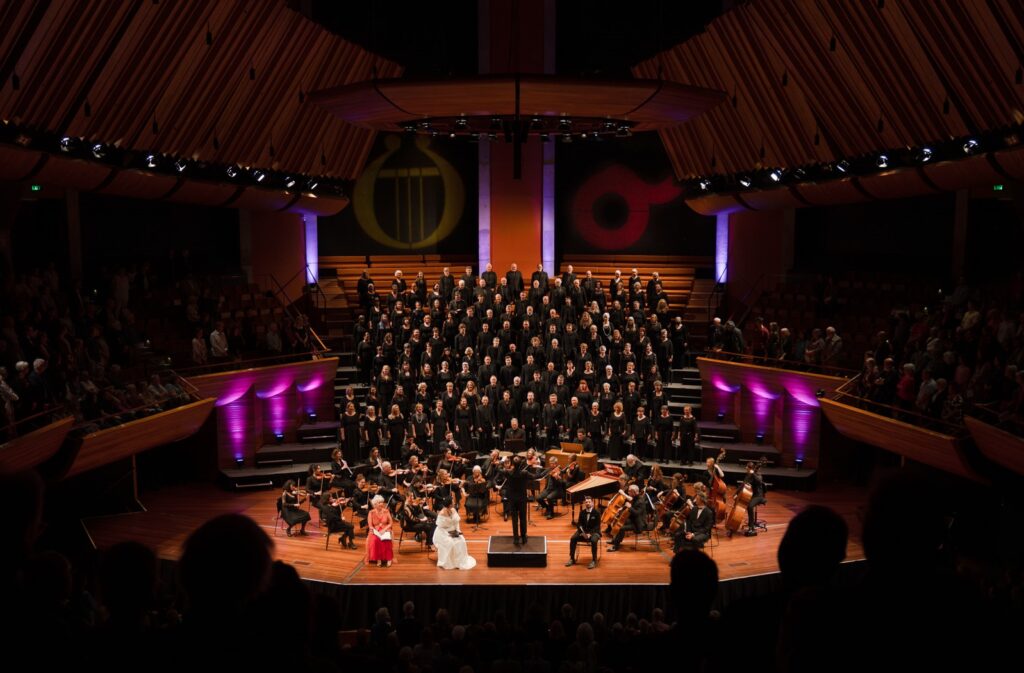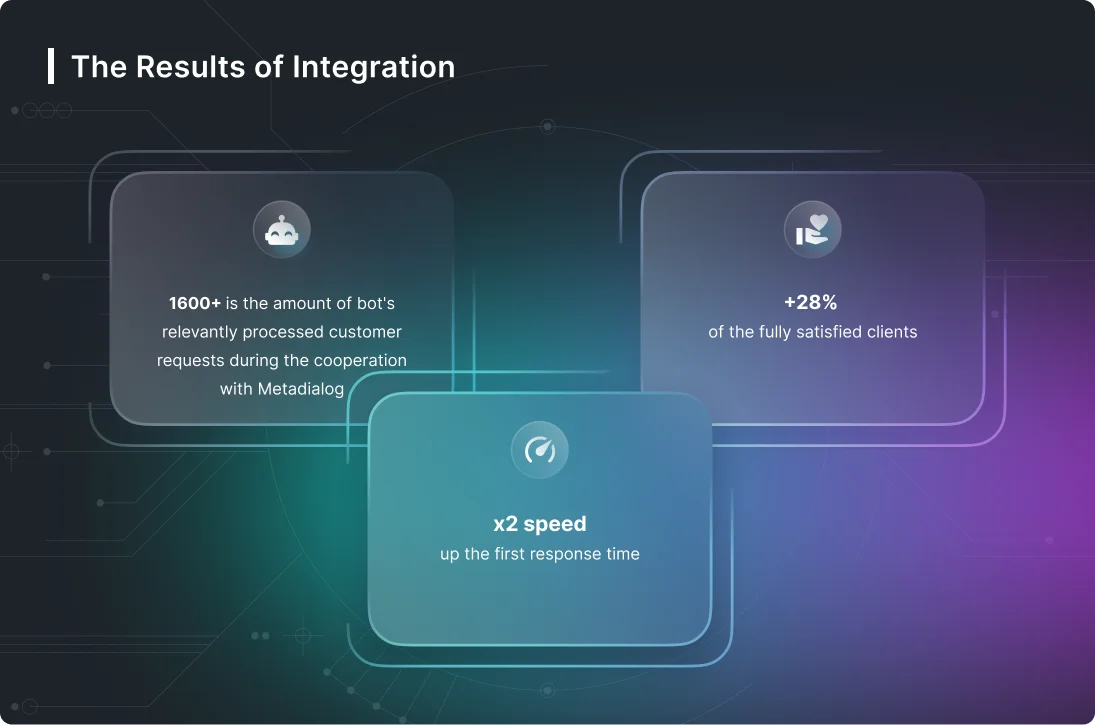New Zealand Opera presents:
MANSFIELD PARK– an opera by Jonathan Dove (composer) and Alasdair Middleton (librettist)
Based on the novel “Mansfield Park” by Jane Austen (published 1814)
Director: Rebecca Meltzer
Wardrobe and Props: Sophie Ham
Piano Accompaniment: Soomin Kim and David Kelly
Stage Manager: Chanelle Muirhead
Production: courtesy Waterperry Opera Festival, UK
Cast: Fanny Price – Ashlyn Tymms
Lady Bertram – Kristin Darragh
Sir Thomas Bertram – Robert Tucker
Maria Bertram – Sarah Mileham
Julia Bertram – Michaela Cadwgan
Edmund Bertram – Joel Amosa
Aunt Norris – Andrea Creighton
Mary Crawford – Joanna Foote
Henry Crawford – Taylor Wallbank
Mr. Rushworth – Andrew Grenon
Wellington Public Trust Hall
Lambton Quay, Wellington
Thursday 18th April 2024
First staged in 2011, composer Jonathan Dove’s and librettist Alasdair Middleton’s adventurous adaptation of Jane Mansfield’s novel “Mansfield Park” has since achieved world-wide exposure, eventually finding its way to what author Adrienne Simpson once called “opera’s farthest frontier”, the shores of Aotearoa New Zealand, the work taking pride of place as the first 2024 production staged by New Zealand Opera.
It occupies territory close to the heart of the company’s recently-appointed general director, Brad Cohen, whose vision centres upon “getting a wider range of people to attend the opera” by diversifying the various presentation spaces and enlarging the scope of the repertoire in a “something for everybody” manner. It’s a philosophy straightaway borne out by the “outside-the-box” delivery that characterises this latest production, which is, of course, very much in line with the original story’s essentially domestic setting.
Mansfield Park has an ensemble of ten on-stage singers (an audience member makes a brief appearance as a non-singing “extra” at one point) accompanied by a piano duet, everybody occupying a shared space in the same room (the venue on this occasion Wellington’s Public Trust Hall), and with the performers making entrances and exits from and towards various directions including through the audience itself, creating a vibrantly inclusive ambience for all concerned to enjoy. Nothing more removed from the usual operatic scenario of stage, proscenium archway and auditorium, all clearly delineated, could have been imagined.
Composer Jonathan Dove has since recast the work with a chamber orchestra accompaniment, but I hugely enjoyed the omnipresent sound of the original piano duet (here superbly realised by Soomin Kim and David Kelly), the pair completely out of my view from where I was sitting mid-hall, but whose pianistic ambiences unfailingly conjured up the largely drawing-room atmosphere of most of the story’s action. The music might have occasionally seemed “vocally minimalist” or suggestive of “silent film” accompaniment – but the score’s different, more thoughtful or even grandly epic evocations in other places were etched in just as surely and atmospherically. I kept on thinking about the composer telling us that he recalled moments of “hearing music” when first reading parts of the novel, and how we might be hearing the results of those reimagined moments.
I was grateful for the production’s use of subtitles, despite the opera being in English – I’d found in various “opera in the vernacular” performances the text often suffering from a lack of clarity in places. Fortunately I found this cast particularly well-drilled in this respect, and especially in the case of singers such as Andrea Creighton as the voluble Aunt Norris, even when having a lot to say in a short time! Also exemplary in this respect were Robert Tucker and Kristin Darragh as the parents, Sir Thomas and Lady Bertram – and I must mention the special pleasure I derived from Andrew Grenon’s vivid word-characterisations as the bumbling Mr. Rushworth!
So, within the elegant frame of what would have otherwise been something like an original Gainsborough-like landscape oil painting on the drawing-room wall appeared the opera’s libretto, written by Alasdair Middleton. The action was divided into two acts containing altogether eighteen “chapters” (Austen’s original novel has over forty of the latter!). The cast itself announced the name and number of each chapter, with the setting, aside from a couple of al fresco forays into “wilderness”, “shrubbery” and “grottoes”, largely taking place in Mansfield Park’s stylish interior. It all had a surface charm “mirroring” the emphasis placed on social climbing and material expectation in society, to which young people’s affairs of the heart were constantly shaped and manipulated.
The heroine of the piece, Fanny Price, has a “back-story” in the novel that’s here hardly touched upon – and then in the most negative terms by her widowed Aunt Norris – she seems to be constantly berating Fanny for her lack of “ostensible” gratitude to her rich Aunt and Uncle, Sir Thomas and Lady Bertram, for taking her into the household at all to relieve the pressure on Fanny’s own family. There’s a lot going in in the Bertram household, with Sir Thomas having a business in Antigua which takes him away from his four children, all of whom are looking either for suitable careers (the boys, one of whom , Tom, doesn’t appear in the opera) or marriage-matches (the girls, one of whom, Maria, is already engaged to the wealthy but exceedingly boring Rushworth!).
Fanny’s covert interest is in the younger brother, Edmund, who, unlike his sisters, treats her kindly, but as he would a kid-sister for most of the time. Of course, the pair finally make good their largely unspoken deeper interest in one another, despite the various cajoleries of a neighbouring and outwardly attractive brother-and-sister pair, Mary and Henry Crawford who arrive on the scene early in the piece to disrupt things for their own ends. The production cleverly cuts through this and more besides of the elaborate and complex Austen original, thanks to some judiciously- focused textual distillations and sharply-characterised, forward-driving music.
Director Rebecca Meltzer originally created this production for Waterperry Opera in Oxford, UK in 2018, resulting in her being invited here to direct the production with NZ Opera. Her fondness for working with singers in intimate audience environments was readily evident in the detailed delivery given the texts by the cast. As well, her direction of the opera’s “outdoor” scenes (such as the hilariously-contrived journey of the company to the estate of Mr.Rushworth at Southerton in the “barouche”, and the deployment of people not in the scene as characters but instead as “stage-props”, such as trees and gateways!) caused plenty of merriment.
We also relished the sensitive treatment of the more lyrical chorus-like moments in the work, like the almost Mozartean farewell (one thought of Soave sia il vento in Cosi fan Tutte) accorded Sir Thomas from the ensemble on his departure to Antigua, and the lovely “Stargazing” music duetted between Fanny and Edmund in Chapter Six. At the other expressive end of the work’s range was the wonderful scene “A Newspaper Paragraph” in which the general ensemble seemed to revolve like a flywheel around the sensational newspaper publication of Henry’s elopement with Mrs Rushworth, the characters gradually splintering off in different directions and leaving Edmund at last able to come to his senses regarding Mary Crawford’s true character via HER reaction to the news – fabulous musical theatre! – (but more about the work’s final chorale in a minute……)
In the title role of Fanny, mezzo-soprano Ashlyn Tymms looked, moved and sang with ease, grace and decorum as befitted her character and station in the Bertram household (Sophie Ham’s costumes beautifully modulated across the entire cast), though she allowed her emotions to betray her feelings given the chance, as when steadfast in her refusing to comply with Sir Thomas’s wishes that she should accept Henry Crawford as a husband. Her and Edmund’s final vows of commitment to one another were all the more touching for their “surprised by joy” aspect and given all due warmth of tone by both singers. As Edmund, Joel Amosa looked and sounded all the while steadfast, straightforward and upright, even if his head had been turned by the all-too superficially engaging Mary, whose portrayal brought forth resplendent and characterful singing from Joanna Foote.
Mary’s rakish brother Henry received a confident, swashbuckling rendering from Taylor Wallbank even if I felt some of his higher notes evinced a degree of strain. In the pathetic and thankless role of Mr Rushworth, I thought Andrew Grenon’s characterisation brilliantly and almost painfully engaging, as was his singing. As for the remainder of the Bertrams, both Robert Tucker and Kristin Darragh brought an ease of vocal delivery to their roles that itself gave their characters a kind of status and authority as Sir Thomas and Lady Bertram, in stark contrast to Andrea Creighton’s waspish and petulant yet wonderfully sung Aunt Norris, a thorn in her niece’s side as of her own god-given right! And each of the two sisters, the “twelve thousand-a-year-obsessed” Maria, and the younger, impressionable and impetuous Julia were played with characterful spirit and sung with attractive tones and well-crafted “surface” by Sarah Mileham and Michaela Cadwgan respectively.
What brought home to me an enduring feeling of the production’s depth and resonance of quality and truth was the opera’s final scene – after all Fanny’s trials and tribulations, endured with the utmost steadfastness, she is rewarded by the love she has wanted for herself for some time, that of Edmund Bertram. Austen celebrates her Fanny’s ultimate triumph somewhat matter-of-factly in the novel, whereas the composer and librettist of the opera obviously felt the need for some kind of outward catharsis, at any rate on Fanny’s part, and by extrapolation, on Edmund’s as well. So, at the end is the most beautiful of the opera’s sequences, with all the characters of the story, family, friends, villains and monsters alike gathering in a group on the stage to intone these beautiful words – not Austen’s own, but the librettist’s, speaking, as it were, for all of us who have been through the experience afforded in all of its forms by this remarkable work:
“Too soon falls the dusk,
Too soon comes the dark;
Let us learn to love, laugh and live –
at Mansfield Park!”
 BRAHMS – Complete Intermezzi for solo piano
BRAHMS – Complete Intermezzi for solo piano
